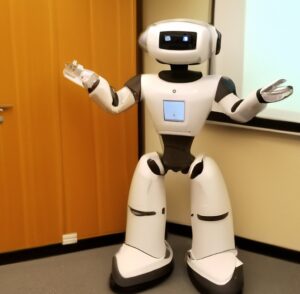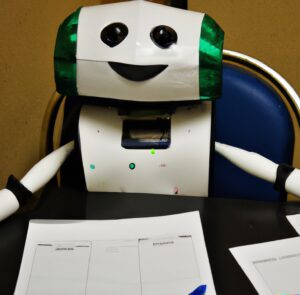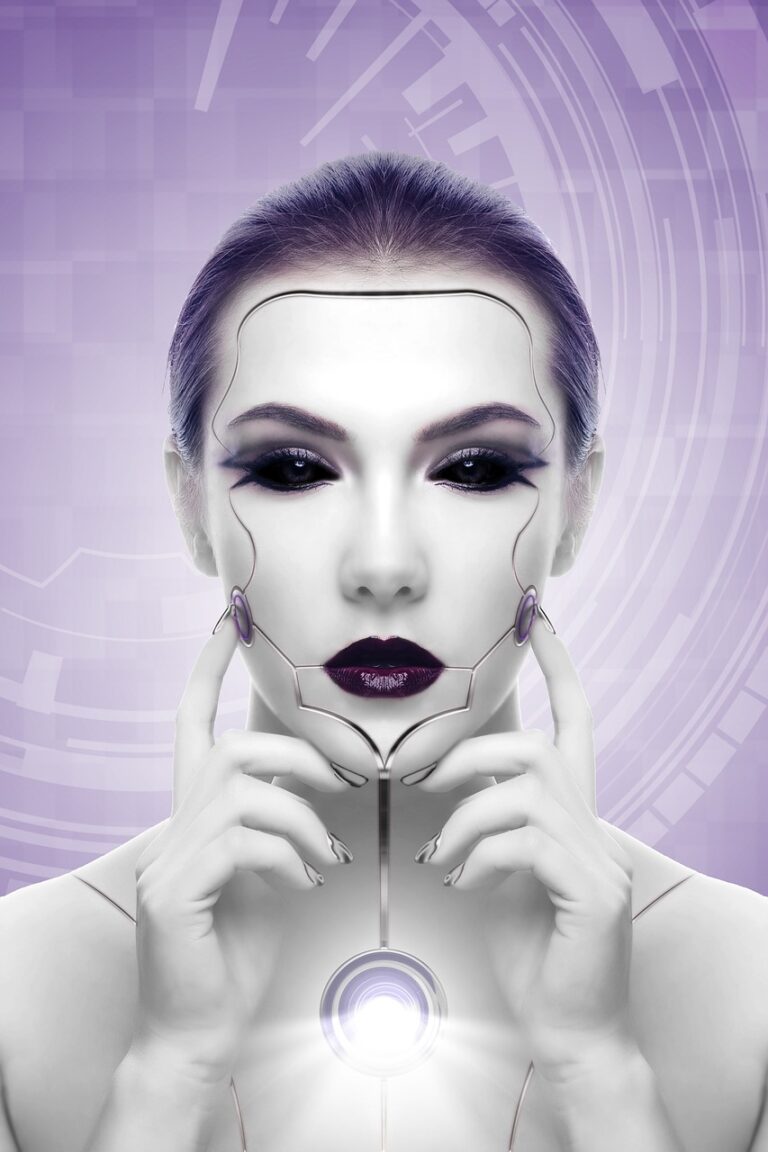Redefining Learning: AI’s Role in Curriculum
Deprecated: The PSR-0 `Requests_...` class names in the Requests library are deprecated. Switch to the PSR-4 `WpOrg\Requests\...` class names at your earliest convenience. in /home3/writesq4/public_html/wp-includes/class-requests.php on line 24
Greetings, fellow educators! It’s an exciting time to be involved in education, isn’t it? Technology, in particular Artificial Intelligence (AI), is rapidly transforming the ways we approach teaching and curriculum development. So, let’s dive in and explore how AI is impacting our classrooms and teaching methodologies!

Understanding AI and Its Educational Significance
Defining AI
Artificial Intelligence, or AI, involves computers mimicking or simulating human intelligence. This is achieved by creating systems that can learn from experience, understand complex content, and perform tasks usually requiring human intelligence.
AI’s Role in Education
The increasing interest in AI is not just due to its novelty. AI has significant implications for education, offering potential for personalized learning, automated grading, pinpointing learning gaps, and providing constructive feedback.

AI’s Impact on Curriculum Design
Tailored Learning Experiences
One of AI’s greatest strengths is its ability to analyze vast amounts of data. By evaluating students’ abilities and learning preferences, AI can help design custom learning paths for each student, making education a more personalized experience.
Check out “AI: Personalizing Education for Each Learner” to learn more.
Continuous Evaluation and Feedback
AI systems can continuously assess student progress, providing real-time feedback to both students and teachers. This instant insight can help teachers adapt the curriculum to better meet student needs.

Future-Proofing Our Students
Integrating Coding and Robotics
As AI continues to permeate various aspects of our lives, it’s essential we prepare our students for an AI-driven world. Introducing coding and robotics at a younger age not only fosters creativity and problem-solving but also primes students for future careers.
Emphasizing Data Literacy
As AI becomes more prominent, being able to interpret and analyze data is a critical skill. So, incorporating data literacy into our classes will help students understand the world more accurately and prepare them for data-driven jobs.

Navigating Challenges and Ethical Considerations
Ensuring Equal Access
While the opportunities AI presents are thrilling, we must acknowledge that not all students have equal access to necessary technology. As educators, we must work to ensure that technological advancements do not educational differences worse. For more information about the ethical considerations, check out “AI in Education: Ethical Implications and Transformative Potential.”
Maintaining Privacy and Security
AI and data collection often go hand in hand, making robust privacy and security essential. Therefore, it’s important to educate students on digital privacy and ensure any tools or applications used meet strict security standards.
Practical Applications of AI in Curriculum
AI Tools in the Classroom
There are numerous AI-powered tools available that can be used in the classroom setting. For instance, AI tutoring systems, like Carnegie Learning, offer personalized tutoring and real-time feedback. Other tools like Grammarly or Turnitin can help students improve their writing skills, while also teaching them about plagiarism and proper citation.
Gamification and VR
AI also brings opportunities to make learning more engaging through gamification. Platforms like Prodigy use game elements to teach math in a fun and engaging way. Meanwhile, AI-driven virtual reality experiences can offer immersive educational experiences, such as virtual field trips.

FAQ’s About AI’s Role in Curriculum Development

Final Thoughts on AI’s Role in Curriculum Development
Overall, it’s easy to see that we stand on the edge of an AI-powered education revolution. It’s our responsibility as educators to ensure this technology is used to give our students the skills that they need to navigate the future. While challenges exist, with careful thought and planning, AI can be an invaluable tool in our teaching toolkit.







